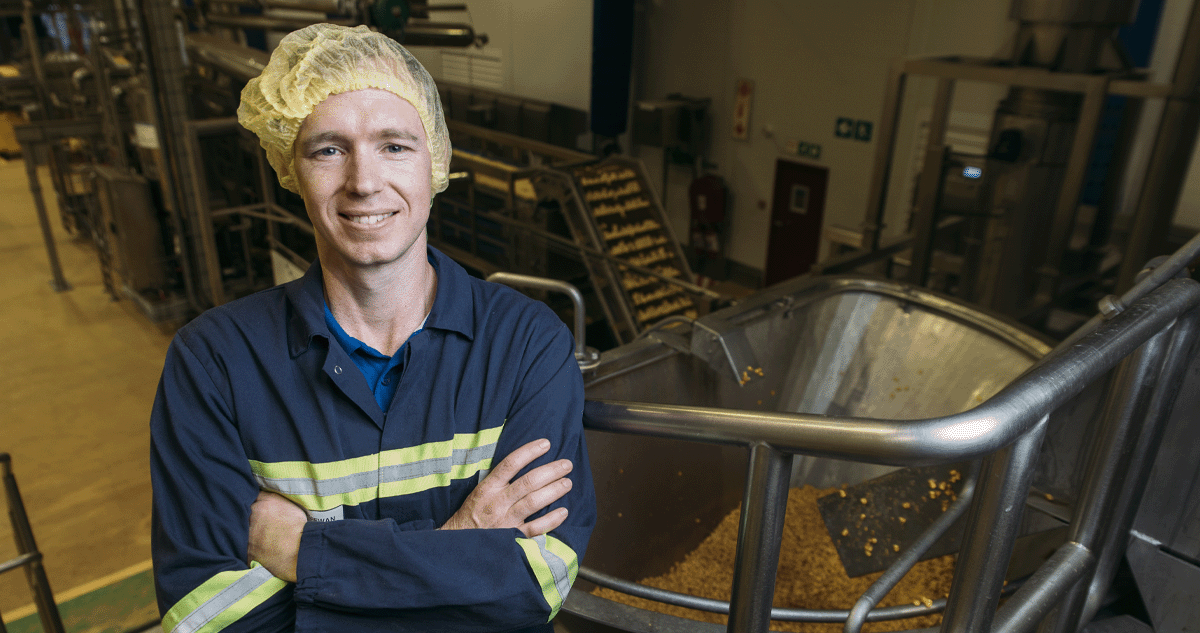When Julia Krause stepped into one of PepsiCo’s kitchens to watch Tostitos and Fritos being cooked, she was hoping she could make a change. “We can’t really alter the recipe for cooking corn,” the R&D Engineer explains. “But there are opportunities for us to make a real difference on how we’re using water.”
As a result, a water-saving idea Julia and her team innovated in Plano, Texas, is having ripple effects around the globe. By identifying a creative way to restructure the computer code instrumental to the corn cooking process for tortilla and corn chips, they reduced the water needed during one of the steps by up to 87%.
PepsiCo began working with frontline teams to implement that change at more than 100 facilities across North America, Latin America, Europe and Africa in August, which helped the company save more than 38 million liters of water in 2023. Spread across PepsiCo’s entire operation, it could save more than 640 million liters of water annually — with zero additional cost or equipment. “It’s amazing to think about how many lives that could positively affect,” Julia says.
There are opportunities for us to make a real difference on how we’re using water.
On Thursday, PepsiCo announced that it achieved its pep+ (PepsiCo Positive) goal of improving water-use efficiency in high water-risk areas by 25% (compared to a 2015 baseline) two years ahead of schedule. Julia’s creativity helped propel that progress.
Her team’s solution has already been transformative halfway around the world in South Africa, where adopting the new method at the country’s largest snacks facility, in Isando, helped lead to a 10% improvement in water-use efficiency during the last three months of 2023. That’s crucial, given that South Africa is home to approximately one-third of PepsiCo’s sites located in high water-risk areas.
“Water is a resource that we share with all people here,” says Sean Power, Sustainability Manager for PepsiCo South Africa. “That instills an urgency for us to account for and responsibly manage how much we use.”

Sean Power at South Africa’s Isando facility.
PepsiCo has applied a series of different management strategies around the world. Facilities in Latin America are collecting, purifying and recycling water with the help of on-site water-treatment plants. Other sites in India, Poland and Thailand are capturing the vapor released by potatoes when they are cooked and converting it into potable water that can be reused. “In South Africa, we’ve worked with our experts on the frontline to identify what opportunities there are to optimize our facilities,” Sean says. “We want to ensure that we’re operating the most efficient process possible."
Implementing the change Julia’s team developed — as well as similar zero-cost adjustments to the potato-washing process — are crucial steps. Together, South Africa’s conservation efforts are expected to reduce water consumption there by an estimated 36 million liters over a year.
“That’s exactly why I’m so motivated to be in this role,” Julia says. “I’m working on just one line, but when you multiply that across all the lines we have around the world and how quickly you can make an impact, it really energizes me to come to work every day.”